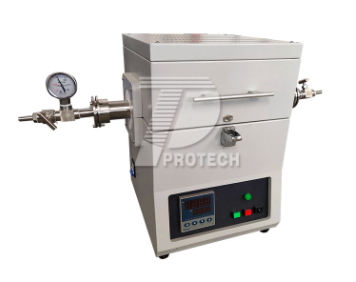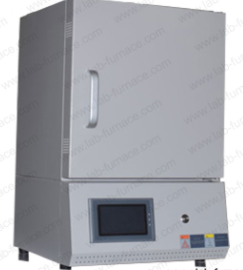


NEWS
Tube furnaces and Muffle Furnaces are two common heat treatment equipment, but they have significant differences in functionality and structure.

Commonly used tubular furnaces in laboratories (click on the image to view product details)
Structure and appearance:
A tube furnace is usually a long furnace body with a tube inside for placing samples or heating elements, and typically has one to multiple heating areas.
A muffle furnace is a closed furnace body with a hot zone inside for placing samples. The hot zone is called a muffle and is usually a chamber isolated from the outside.
Heating method:
Tube furnaces usually use resistance heating or radiation heating to heat pipes and samples through heating elements such as resistance wires, electric heating tubes, etc.
The muffle furnace usually uses resistance heating or radiation heating, but the heating elements are located around the hot zone outside the furnace, allowing heat to be evenly transferred to the sample inside the furnace.
Application scenario:
Tube furnaces are commonly used for heating small samples in laboratories, such as chemical experiments, material sintering, biological experiments, etc.
The muffle furnace is usually used for uniform heating treatment of large batches of samples in industrial production, such as sintering ceramics, drying, and calcining metal powders.

The commonly used muffle furnace in the laboratory (click on the image to view product details)
Equipment features:
Tubular furnaces usually have advantages such as simple furnace structure, easy operation, easy control, and continuous production.
The muffle furnace has the characteristics of high temperature stability, high degree of automation, and good thermal efficiency, and is relatively cheaper than the tube furnace.
Temperature range and control:
The temperature range of a tube furnace is usually wide, reaching several hundred to several thousand degrees Celsius, and it has a precise temperature control system.
The temperature range of muffle furnaces is also very wide, usually between hundreds to thousands of degrees Celsius, with precise temperature control and uniform temperature distribution.

Commonly used rotary tube furnaces (click on the image to view product details)
Sample capacity:
The sample capacity of a tube furnace is usually small and suitable for processing small or small samples.
Muffle furnaces typically have a larger sample capacity and can simultaneously process large batches of samples, improving production efficiency.
Therefore, there are some differences between tube furnaces and muffle furnaces in terms of structure, heating method, application scenarios, temperature range, sample capacity, etc., and suitable heat treatment equipment should be selected according to specific application requirements. Before making a choice, it is recommended to consult relevant technical personnel to confirm which type of furnace is more suitable for your needs.Click to learn more tube furnace! Or click on online customer service to learn more about product information!
Leave A Message